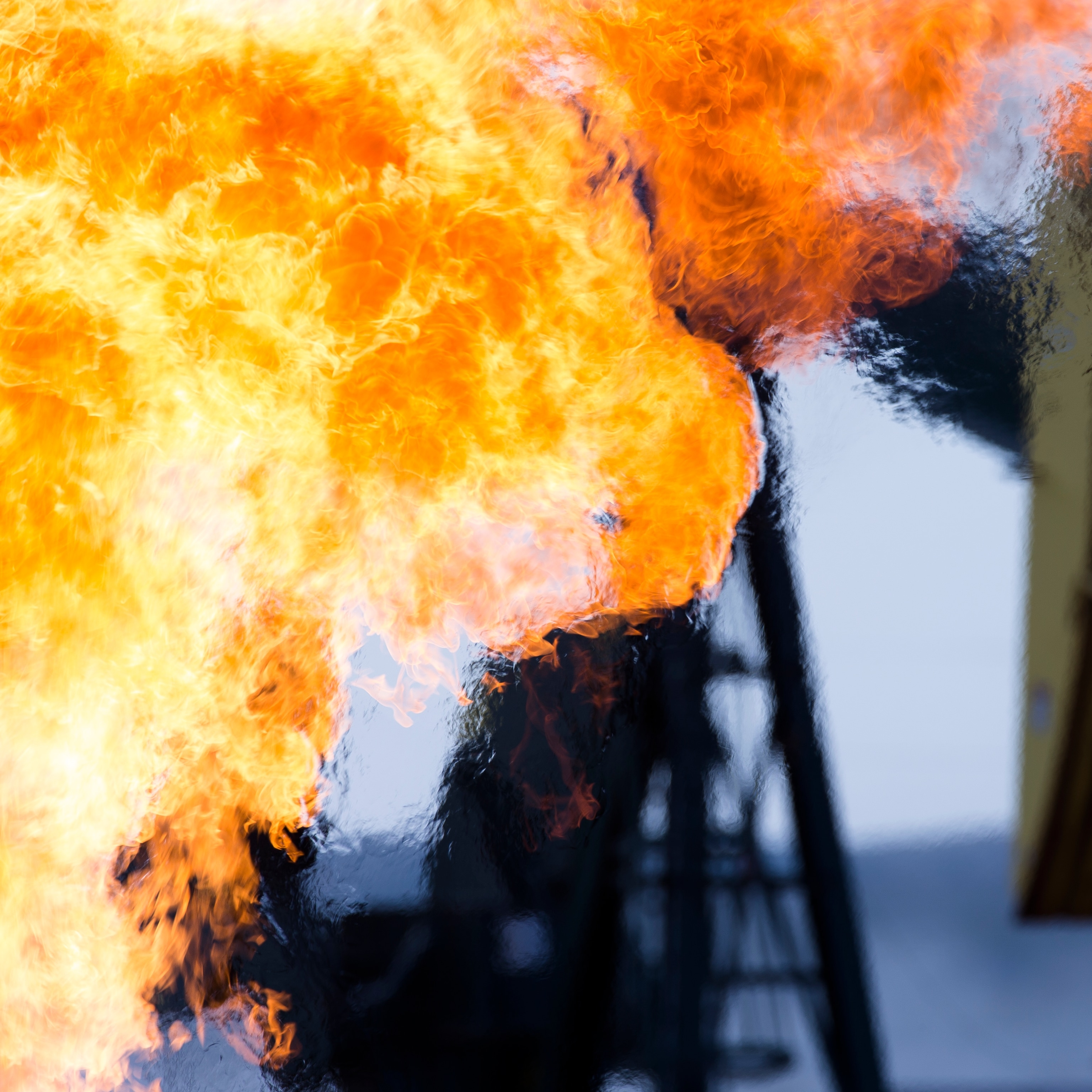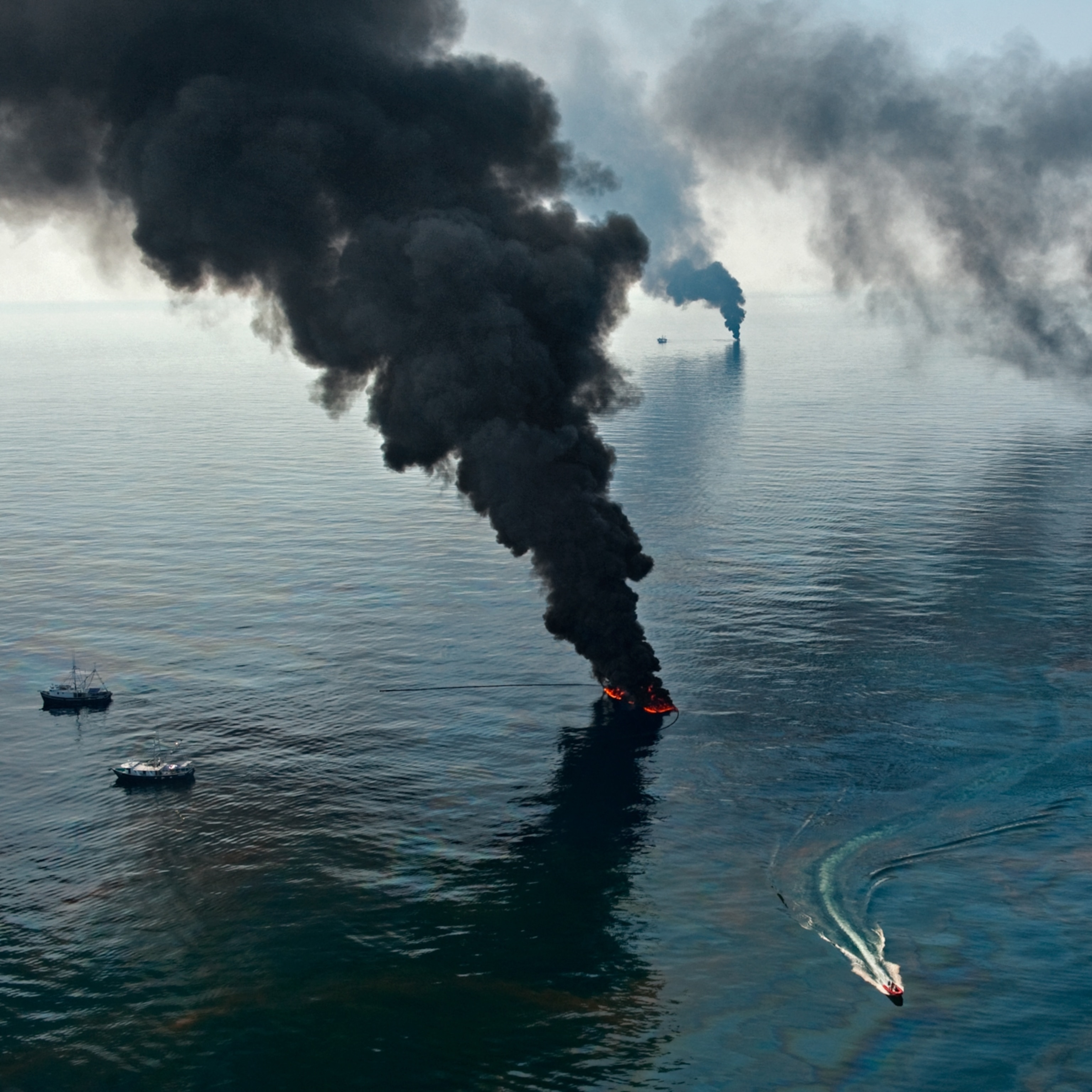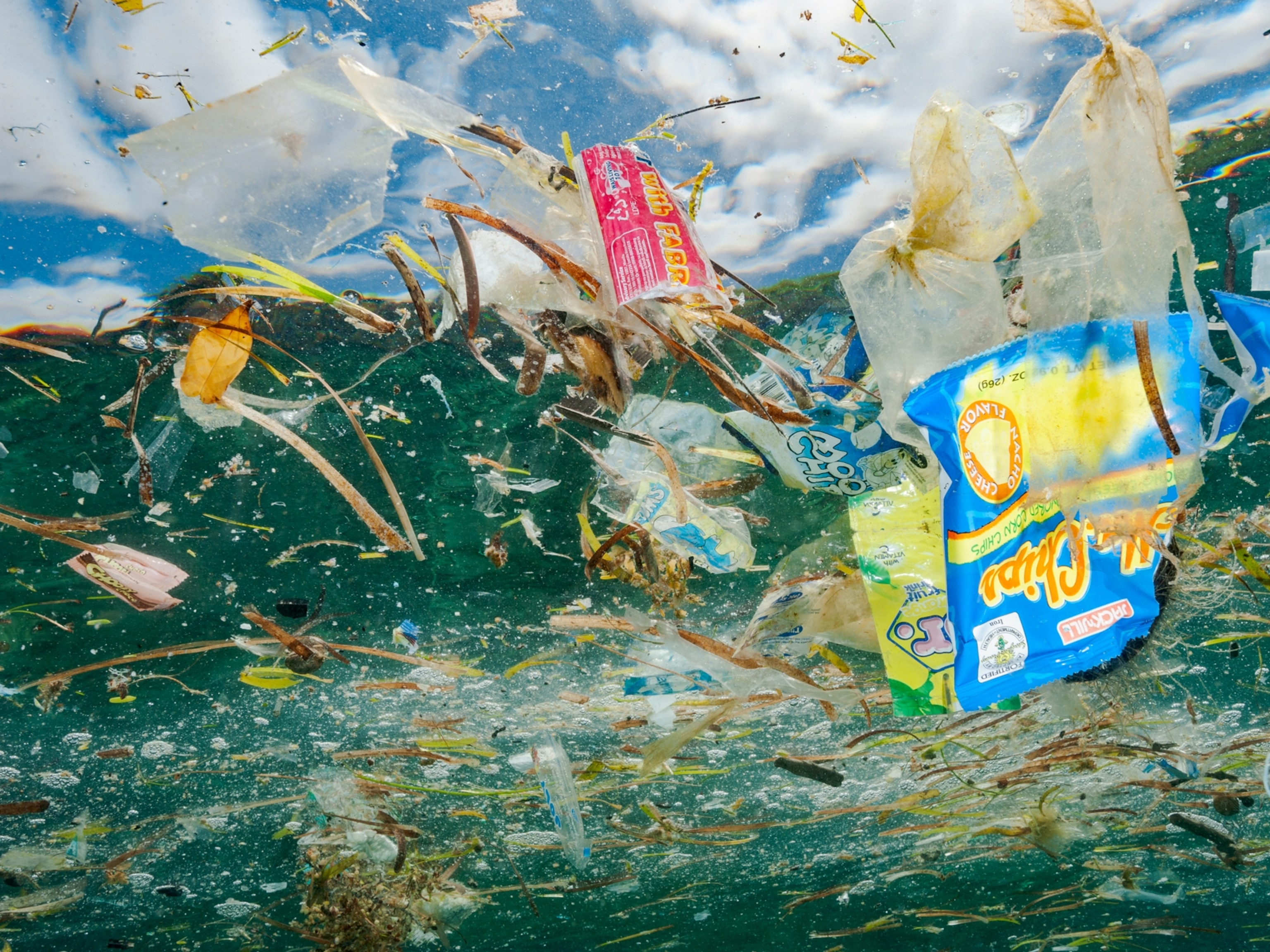Why are Alaska’s rivers turning bright orange? Scientists have a theory.
The dramatic shift is a warning sign—and scientists say the changes that aren't yet visible to the naked eye are just as troubling.
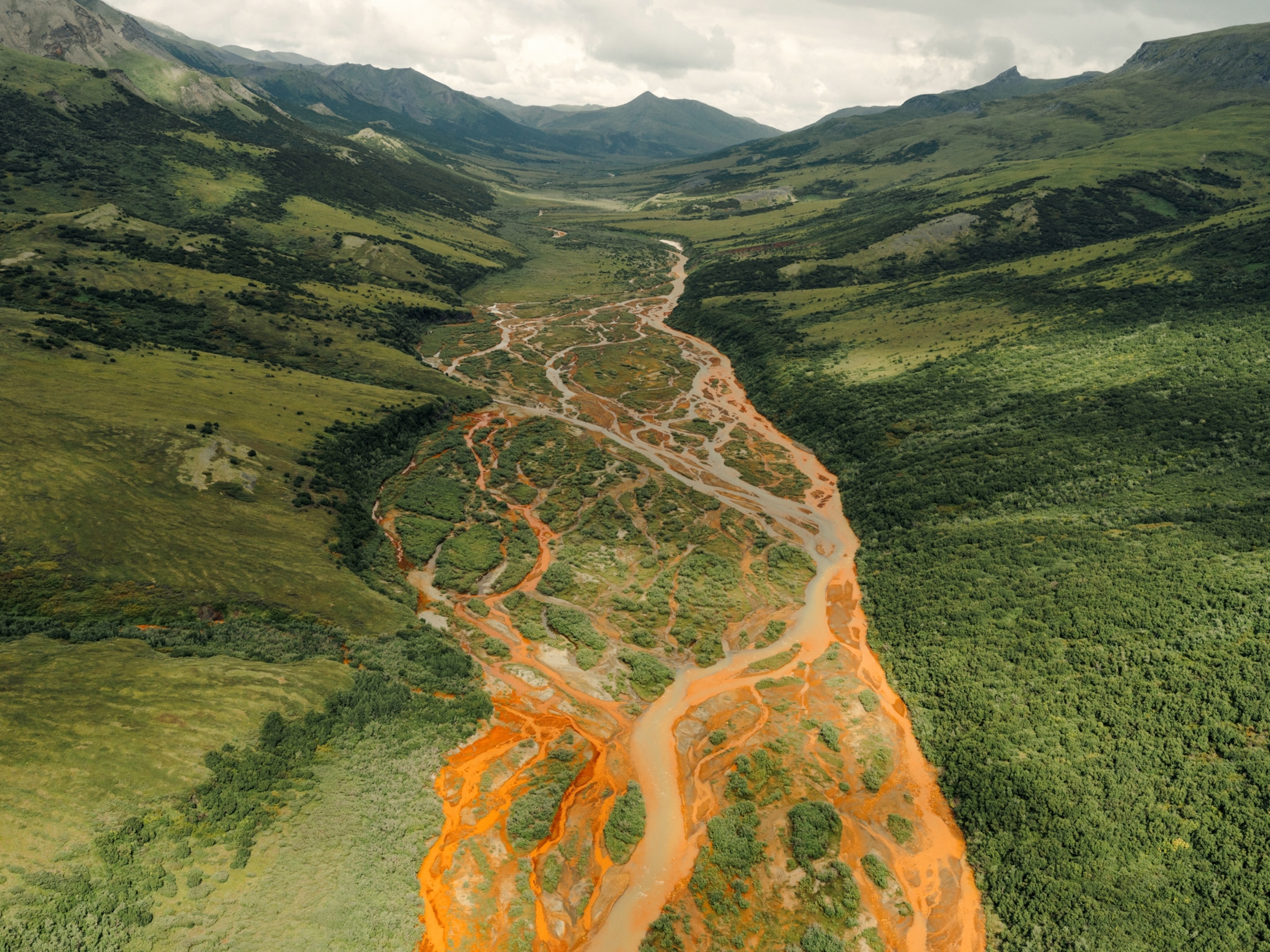
In the summer of 2019, ecologist Patrick Sullivan and a Super Cub plane pilot navigated over the narrow valleys of the Brooks Range in northern Alaska, winding toward the remote headwaters of the Salmon River. Sullivan was studying the slow advance of trees into what had been tundra, a sign of the rapidly changing climate, but soon discovered something far more surprising.
Sullivan was expecting a clear, cold river artery with blue-green pools, and had even brought his fishing rod. So he was shocked to see turbid water and banks stained a fluorescent orange. “It looked like sewage,” he recalls. As the research team finished their sampling and paddled downstream in pack rafts, the cloudy, tangerine water persisted. Along the river, they floated past several emaciated bears. At one quiet eddy, a particularly thin bear crept near, its dark eyes fixed on them in a way that made Sullivan uneasy. He wondered if the river’s degraded state was suppressing the fish populations, potentially reducing bears’ food sources. “I started to feel like what we were seeing was an example of ecosystem collapse,” he says.
On a later trip, Sullivan took water samples and found strangely high concentrations of iron and heavy metals like cadmium, aluminum, and in some cases, zinc. By then, Sullivan realized the problem extended far beyond the Salmon: Bush pilots reported the same rusty color in dozens of rivers across the region, spanning an area roughly the size of Nebraska. Researchers around the world have begun to document similar changes in waterways near permafrost.
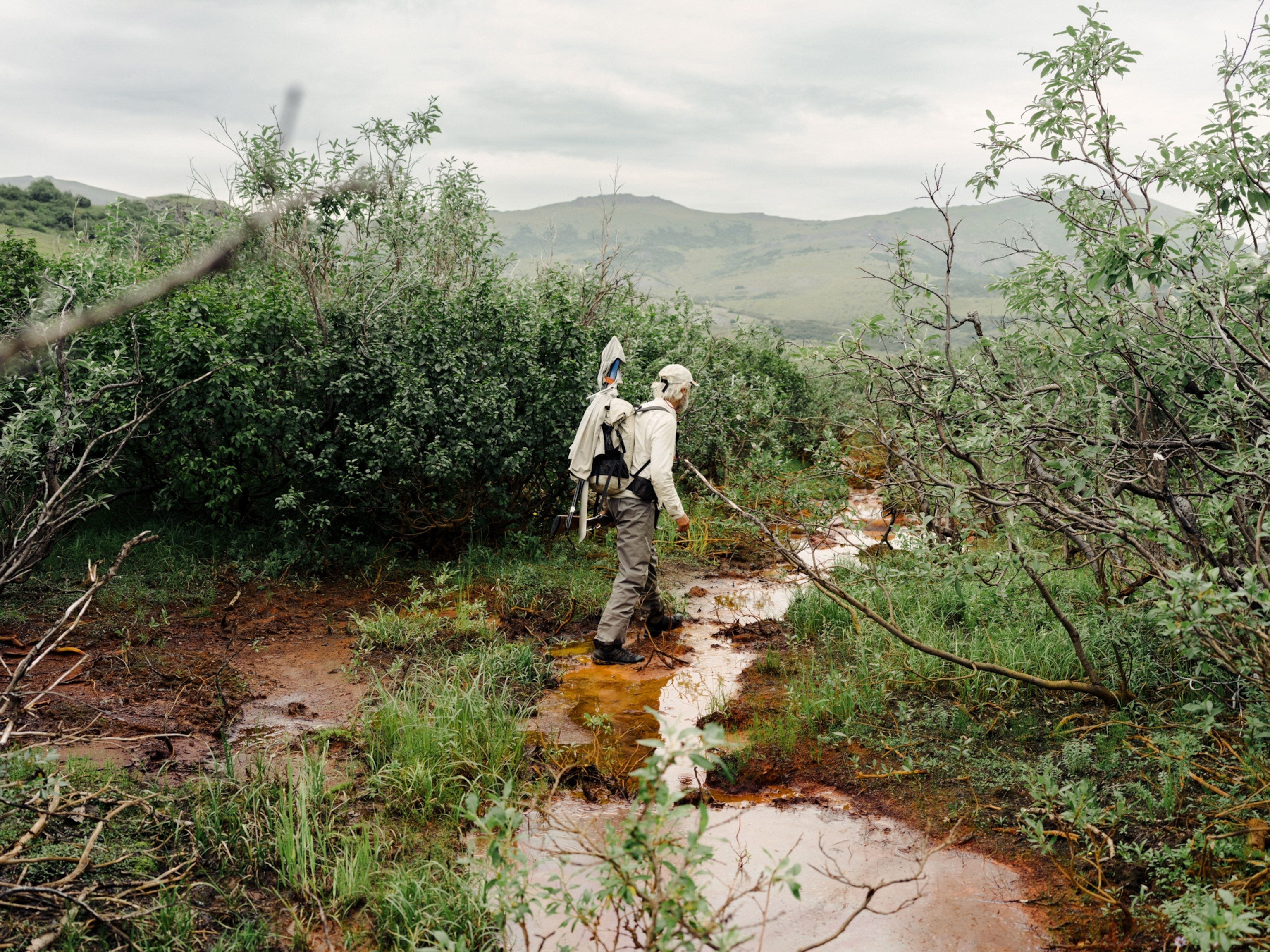
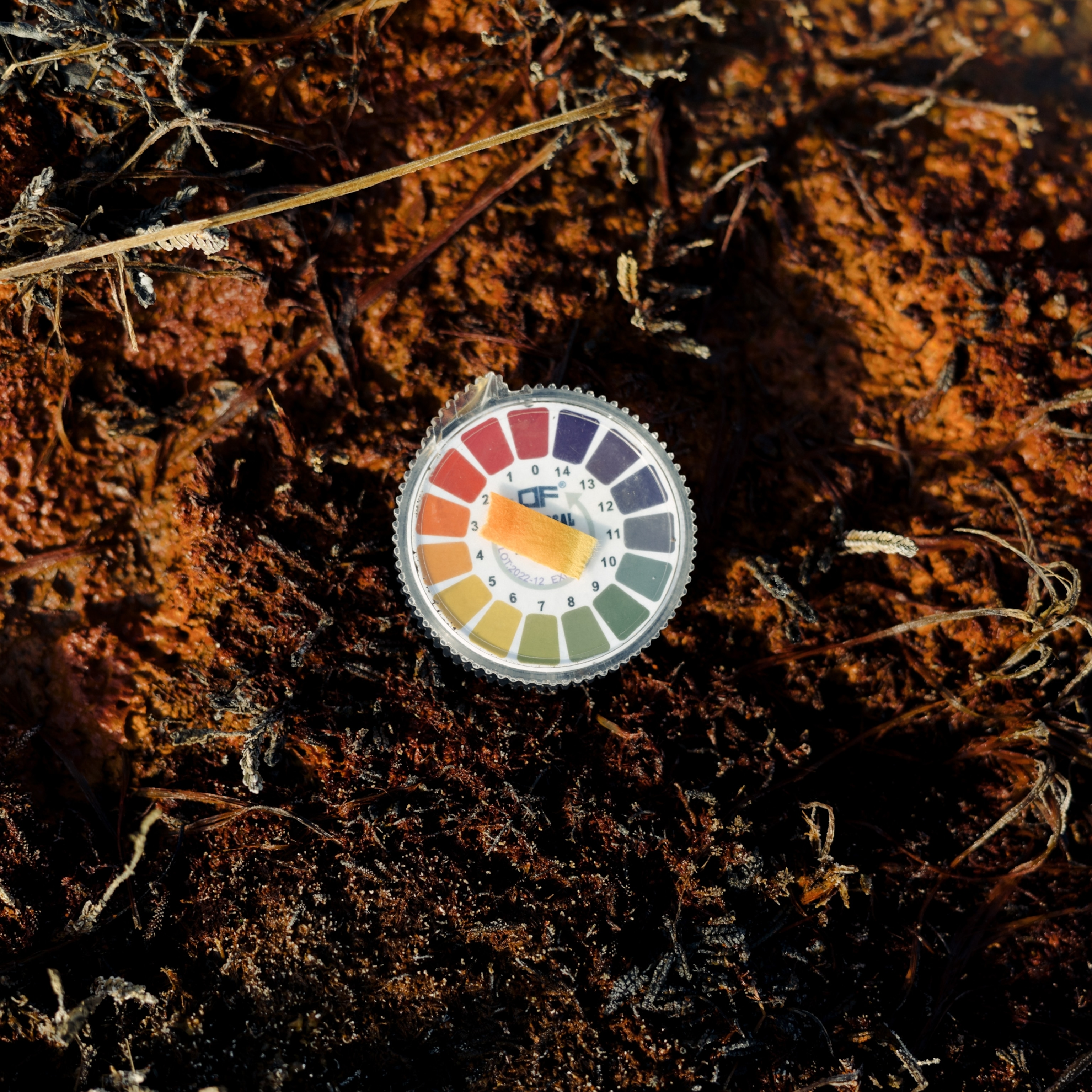

Environmental scientists have been able to predict some of the many of the changes occurring as the Arctic warms—like species shifting their ranges, tree lines moving north, and animals like beavers and moose appearing in novel places. But rivers rusting, Sullivan says, “has come as a surprise, even to the scientists who are constantly thinking about stuff like this.”
Since his first discovery, Sullivan and colleagues have pieced together a theory for why Arctic rivers are turning orange. Their findings prompt concerns about how this transformation may be affecting the region’s already stressed wildlife, and polluting waterways Alaskan communities depend on. But they also stir a deeper unease — the dread of watching a system come undone.
Metals are leeching out of the permafrost
One of Sullivan’s first goals was to discover what contaminants might be causing this change. Across northern Alaska lay rocks that began as shale and sediments on the floor of an ancient ocean. Over time, bacteria formed them into pyrite, often called fool’s gold, a mineral that contains both iron and sulfur. For millennia, these deposits were locked in permafrost, protected from air and water. But as the frozen earth warms, it’s exposing the bedrock, beginning a destructive process that releases sulfuric acid and oxidizes the iron into a toxic orange cocktail that can be carried downstream for miles.
When Timothy Lyons, a biogeochemist at the University of California, Riverside, first saw Sullivan’s work at the University of Anchorage, he was struck by how closely this process resembled acid rock drainage. Common near mines, the reaction occurs when rocks containing sulfide minerals are exposed to water and oxygen, producing acid that leaches heavy metals. At a mine, such contamination is concentrated where it can be monitored or contained. But on wild rivers, “there’s simply nothing that can be done, other than fix climate change,” Lyons explains.
In 2023, Sullivan returned to the Brooks Range with Lyons and a large field team to try to better understand the consequences of the metal-laden runoff. “We could actually see the riverbank just basically dripping iron,” Lyons said, recalling where rusty slime oozed into the water. “It looked like snot.” The amount of dissolved metals in the river approached that of industrial wastewater, their analysis found.
An alarming shift in the Arctic’s waterways is now under way: Over 75 rivers across the Brooks Range have recently turned orange, and the Salmon River’s metal concentrations have reached levels toxic to aquatic life. To make things worse, Sullivan explains, they have also identified over 500 acid seeps in the tundra, where minerals are leaching into the surrounding wetlands. These can lower water pH, increase toxicity, and change microbiomes, disrupting the growth and survival of fish and other invertebrates. In a recent PNAS paper, the researchers found that fish habitat on the river has severely degraded as a result. “Our findings might help explain a recent crash in chum salmon, a really important subsistence food,” Sullivan says — potential evidence for his hunch about the bear he met eye to eye, an image of hunger he couldn’t shake.
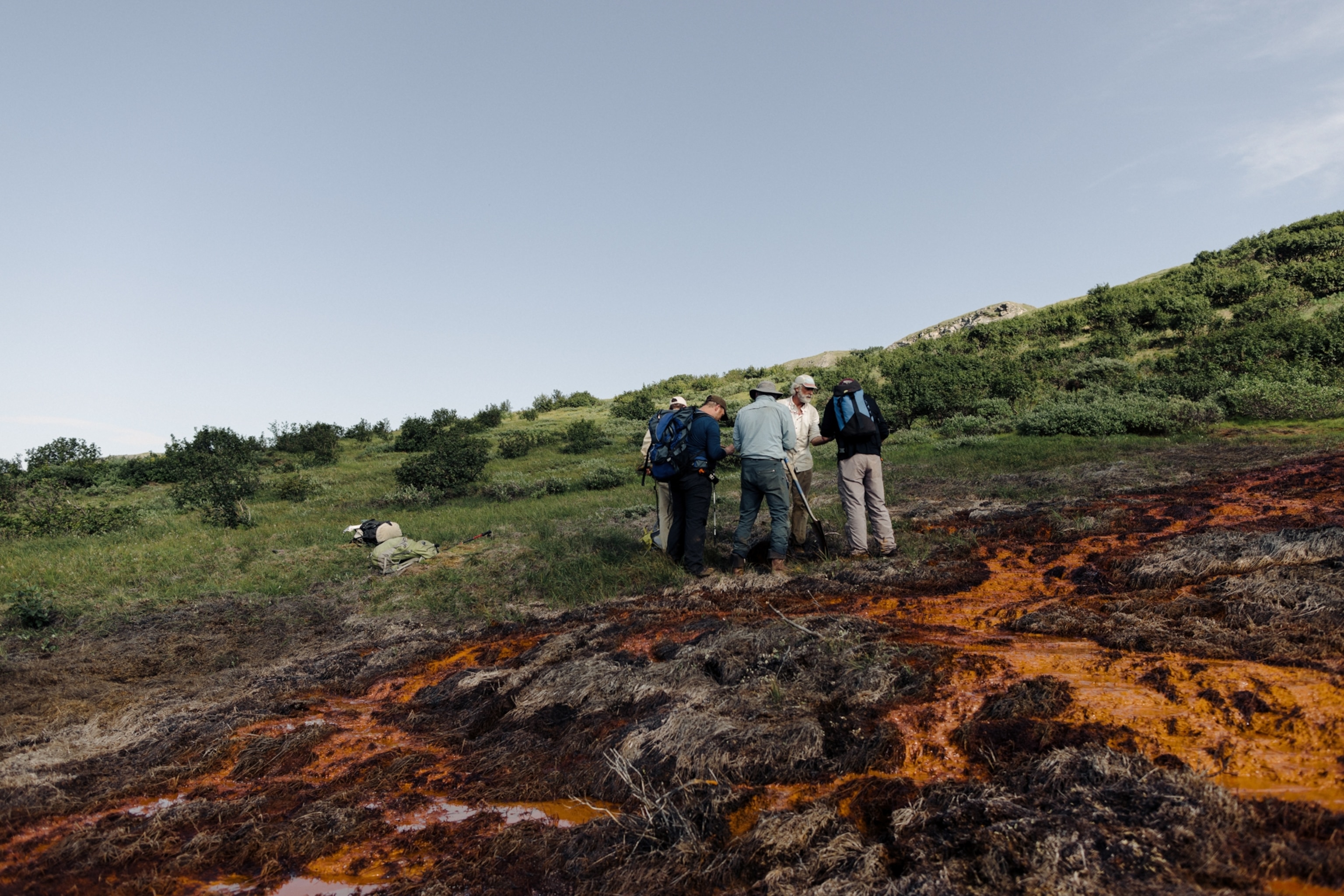
The Arctic is transforming in unexpected ways
Jean-François Boily, a molecular geochemist at Umeå University in Sweden, who was not involved in the study, says the work is an important step in understanding how the Arctic is changing over a short period of time. Scientists may be witnessing a new concerning feedback loop that could continue to accelerate.
It starts with the frozen ground. In a recent paper, Boily’s showed that minerals dissolve more efficiently in ice than liquid water, upending past assumptions. As ice forms, dissolved substances like iron compounds are expelled from the crystalline structure and become condensed into tiny pockets of liquid water trapped between microcrystals. This dramatically increases the acidity. And every time the ground freezes, fresh minerals are reconcentrated.
As climate change accelerates freeze-thaw cycles, that may trigger a feedback loop, further amplifying river acidity. “All of this, by the way, is irreversible,” Boily says. Once these minerals dissolve, the process cannot easily be undone, because the original deposits cannot quickly reform. “Once it starts, it keeps on going.”
This is not just a problem in Alaska: In western Canada, just across the border from the Brooks Range, researchers have documented the familiar orange tint, while corresponding metal concentrations have popped up in permafrost pockets of Colorado, in mountain ponds in the European Alps, and even downstream of melting glaciers in Peru.
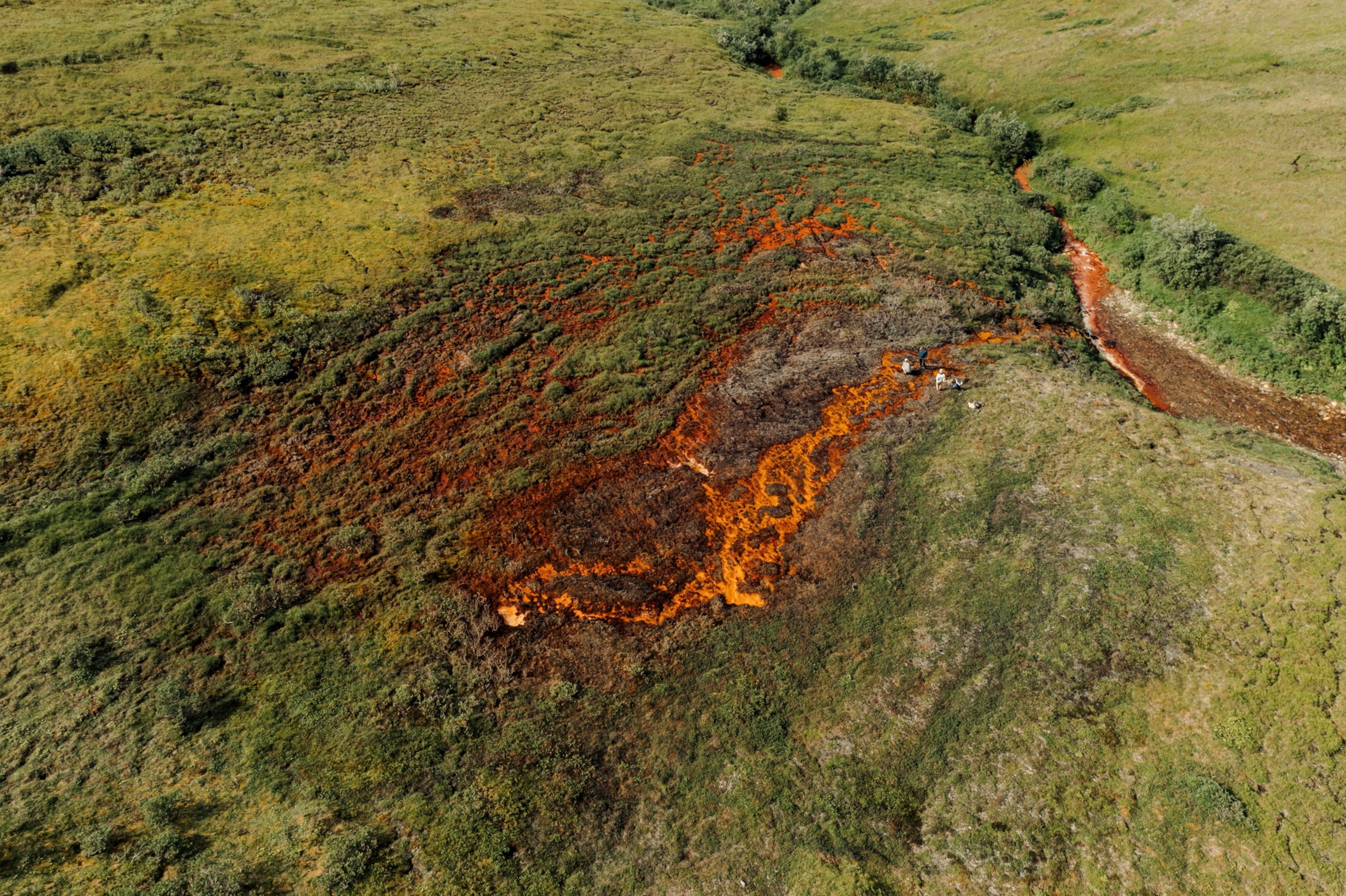
Researchers suspect similar processes may be occurring elsewhere, though the full global scope is still unknown. Boily says that across Sweden, scientists are finding an increased mobilization of iron. He explains that across the northern hemisphere, “brownification” of water — a process also associated with iron, which ends up increasing dissolved carbon — is slowing growth, fueling toxic algae blooms, and disrupting ecosystems. “What we cannot see with the naked eye is just as important as those spectacular orange rivers,” Boily said, pointing at the many ways climate change is impacting waterways worldwide.
But so far, researchers are still at the stage of documenting the rusting river problem, and many of the consequences are only beginning to come into focus. For the Alaskan communities who rely on these rivers for drinking water and food, information has been hard to come by. The town of Kivalina, which draws its water from the Wulik River downstream of multiple acid seeps, told National Geographic that the tribal administrator was not yet aware of the problem. Conventional treatment — like that used at large industrial sites, such as the state’s zinc and lead Red Dog Mine — is very expensive, and only effective for a single source.
Just a few hundred miles away, the Salmon watershed has long been celebrated for its intact wilderness. On a journey down it in 1975, New Yorker writer John McPhee described it as having “the clearest, purest water I have ever seen flowing.” As ecologist Alex Huron wrote in academic journal PNAS recently, the river itself has been protected from the oil and gas development on Alaska’s North Slope, but the burning of fossil fuels has still triggered chemical reactions that may ultimately prove far more damaging than a pipeline spill. It’s an omen, he wrote, “of more cryptic and ongoing environmental change yet to be perceived as warming proceeds.”
As Lyons warns, “there’s actually no one protected or immune” from the consequences yet to come.


